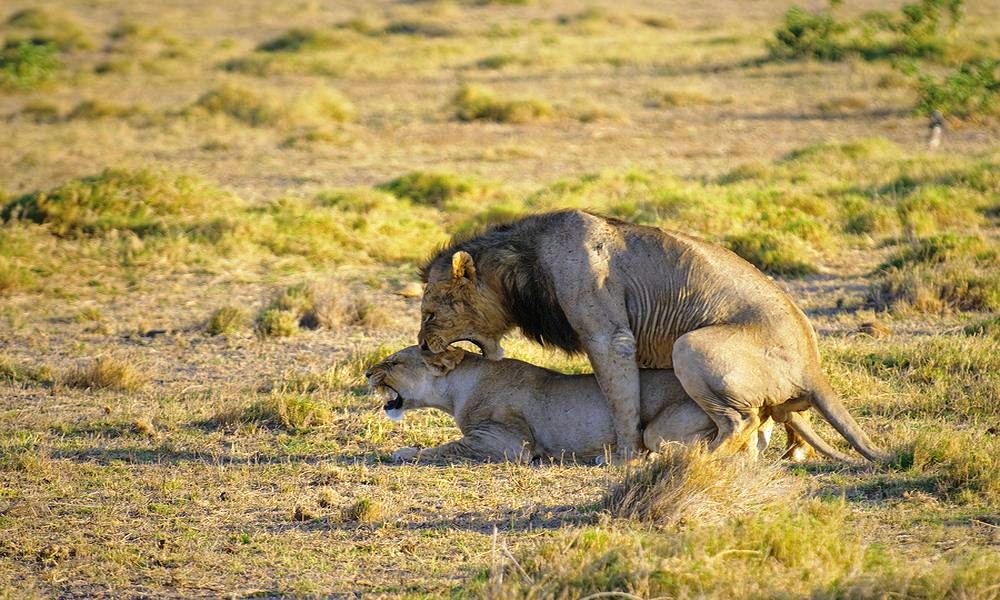The Maasai Mara Great Migration, which is part of the larger Great Wildebeest Migration, typically takes place from July to October each year. This is when millions of wildebeests and zebras move from the Serengeti National Park in Tanzania to the Maasai Mara Reserve in Kenya in search of fresh grazing lands. The exact timing of the migration can vary from year to year based on factors like rainfall and food availability.
Here's a rough timeline of the Maasai Mara Great Migration:
July: The herds usually start entering the Maasai Mara from the Serengeti. This is an exciting time for visitors, as river crossings can be quite dramatic, with crocodiles and other predators lurking in the waters.
August: The migration continues in full swing in the Maasai Mara. It's a prime time for wildlife enthusiasts and photographers.
September: The herds are still present in the Maasai Mara, and the river crossings may continue. This month is often considered one of the best times to witness the migration.
October: Towards the end of October, the herds start to return south, back into Tanzania's Serengeti National Park as the rainy season approaches.
Remember that the exact timing of the migration can vary slightly each year due to weather patterns. To maximize your chances of witnessing this incredible natural phenomenon, plan your visit to the Maasai Mara between July and October, and consider consulting with local guides and tour operators for the most up-to-date information on the migration's location during your visit.



